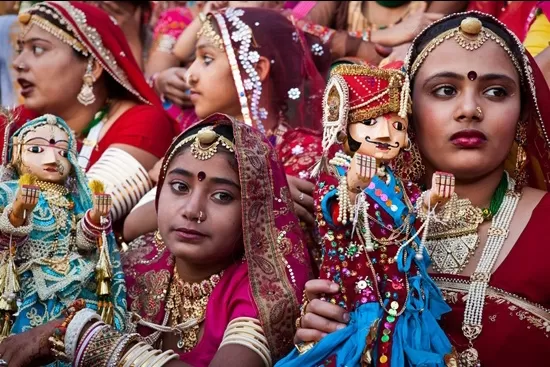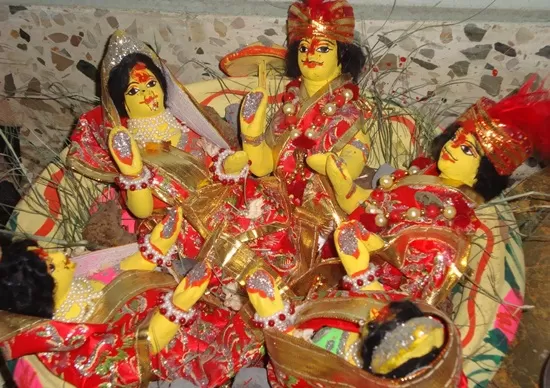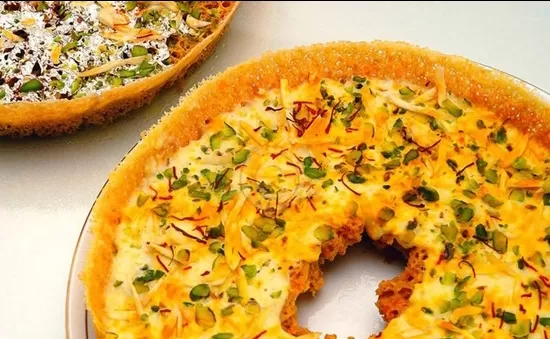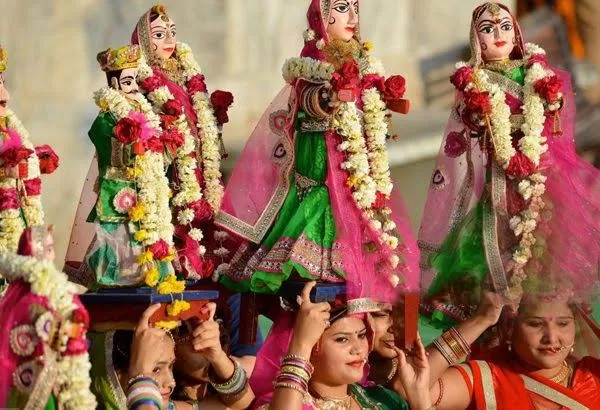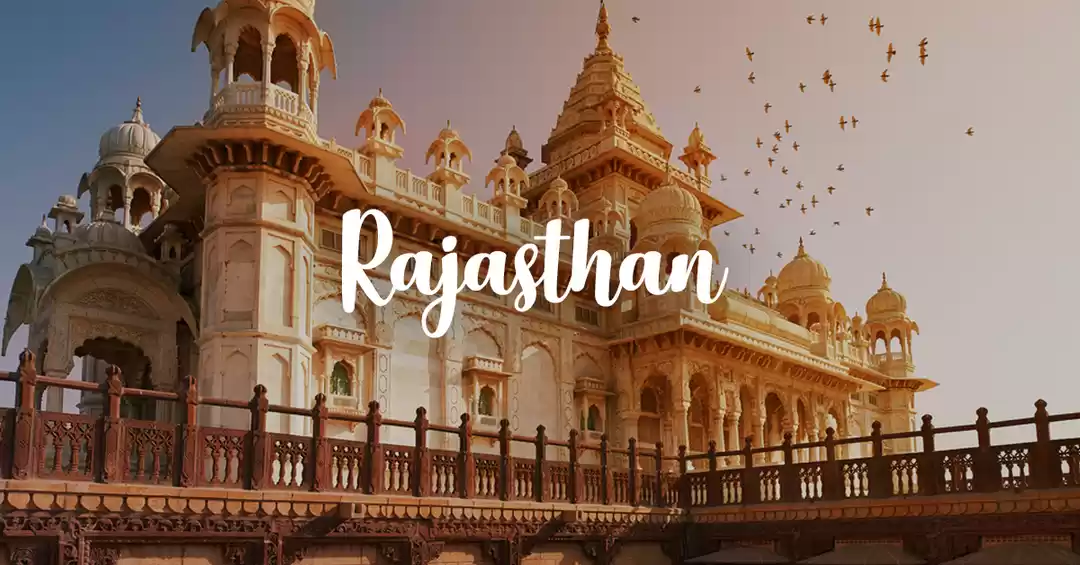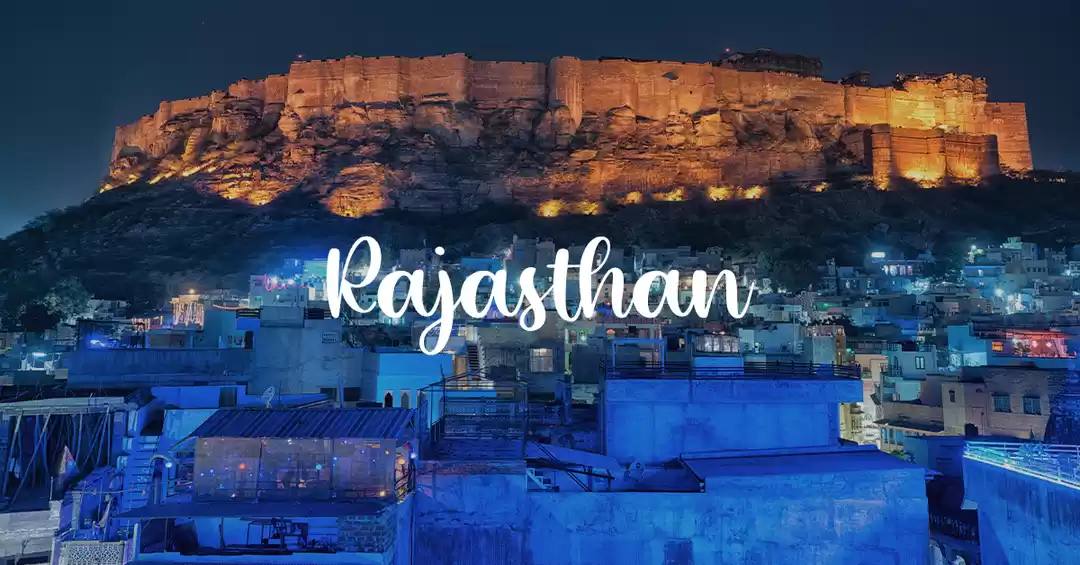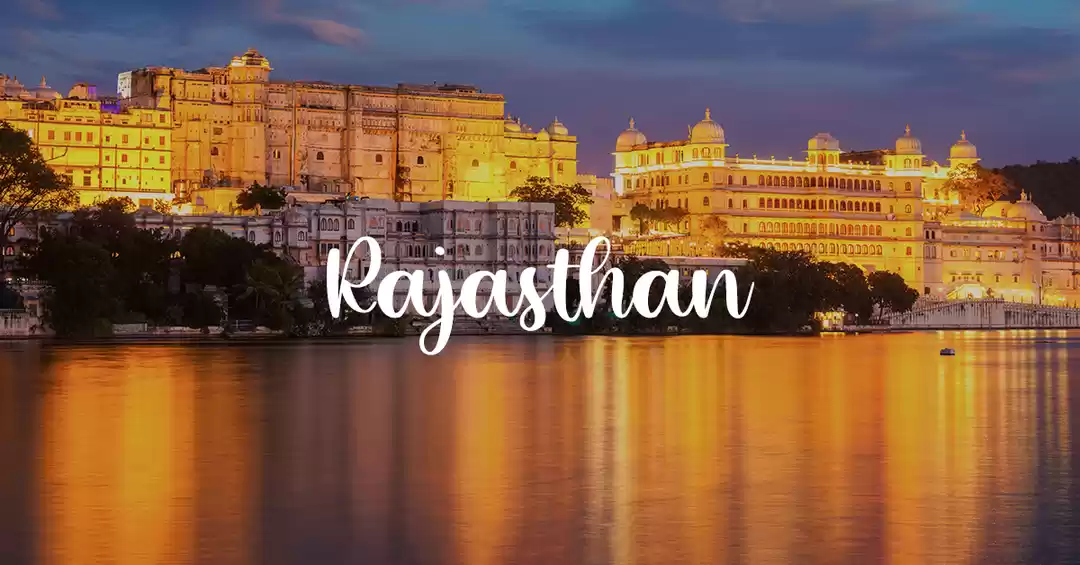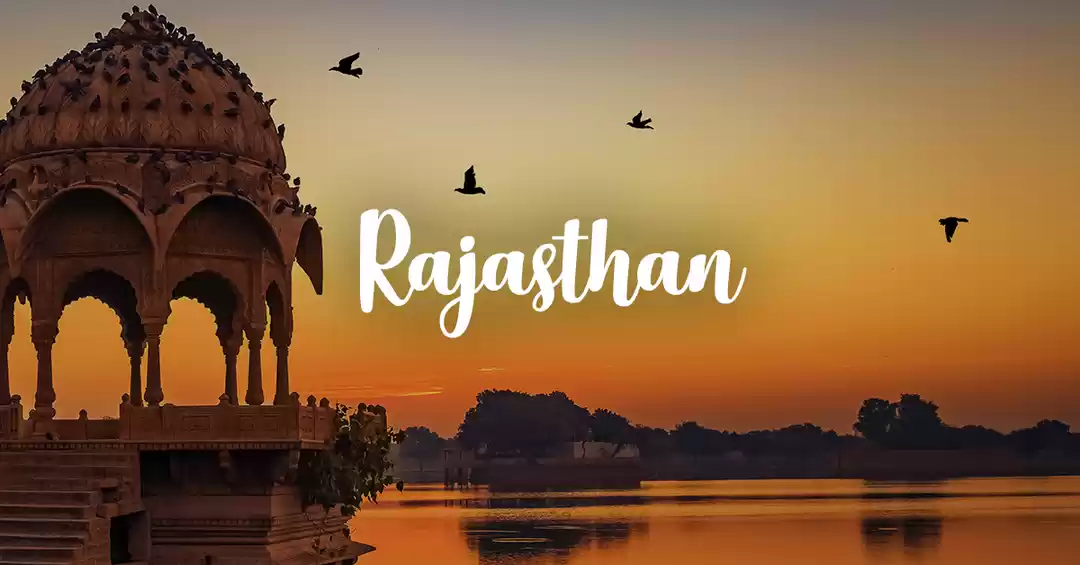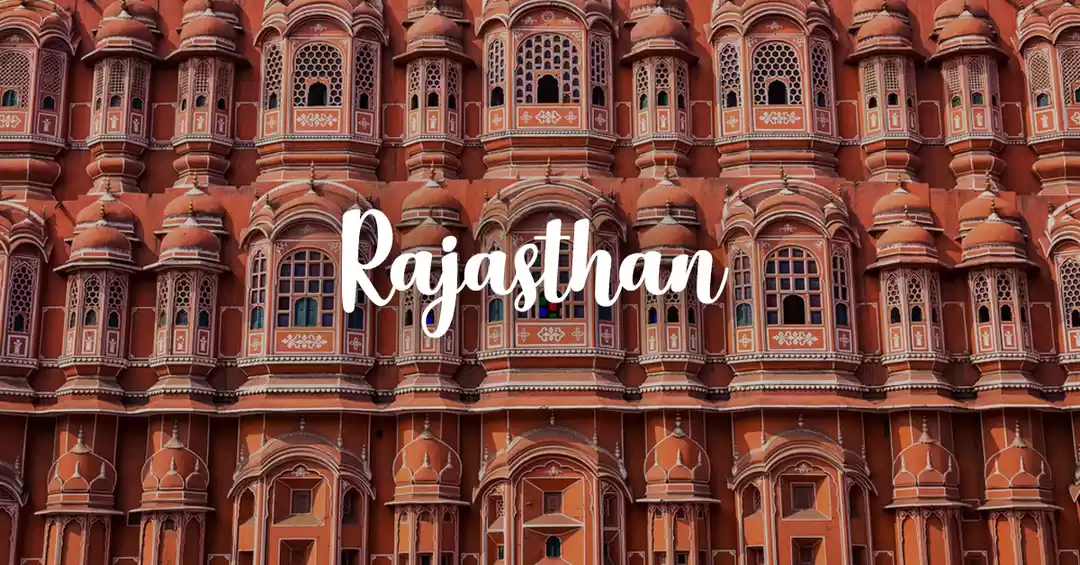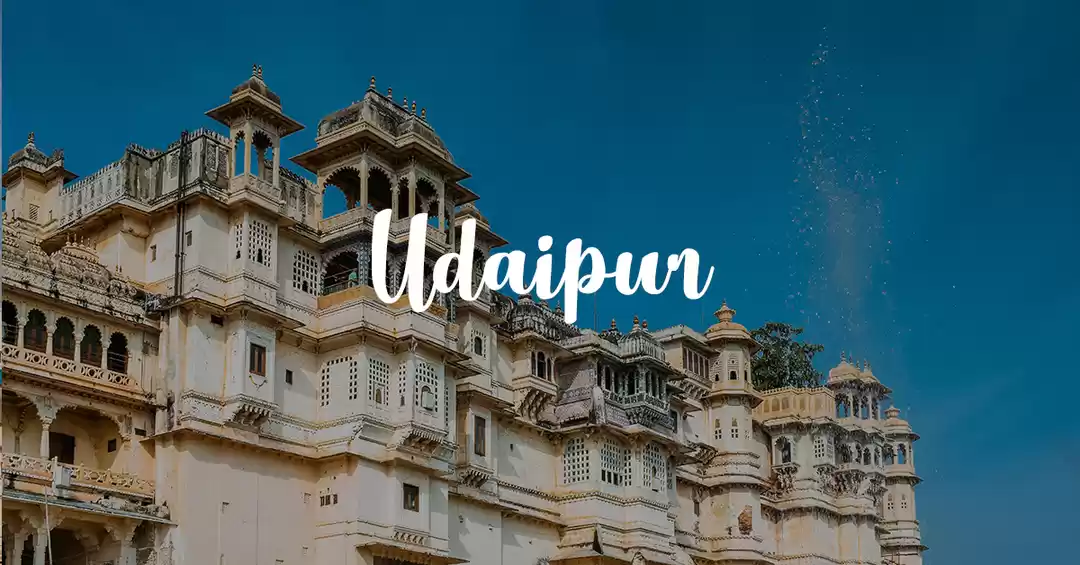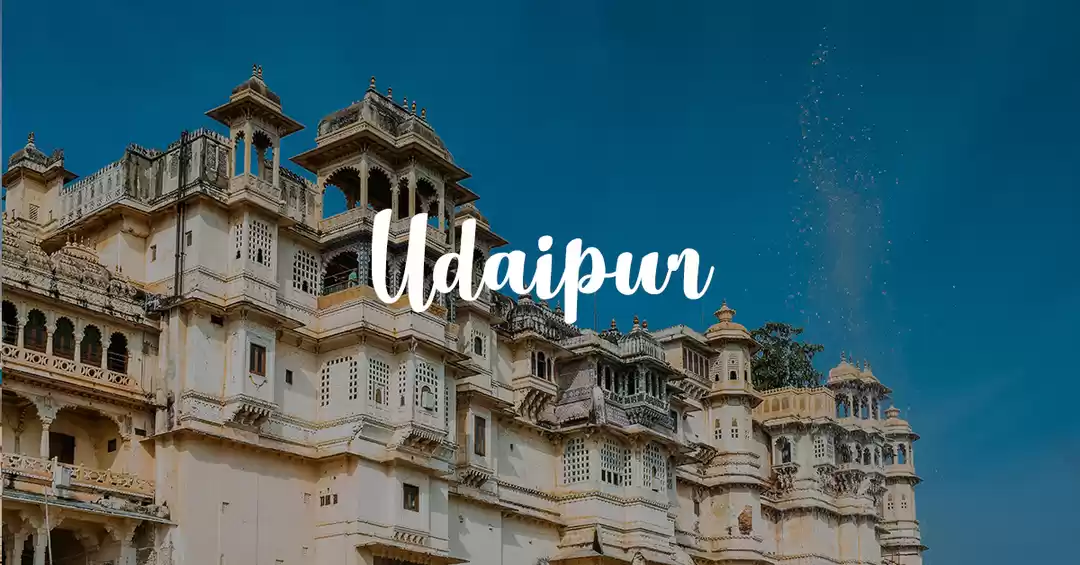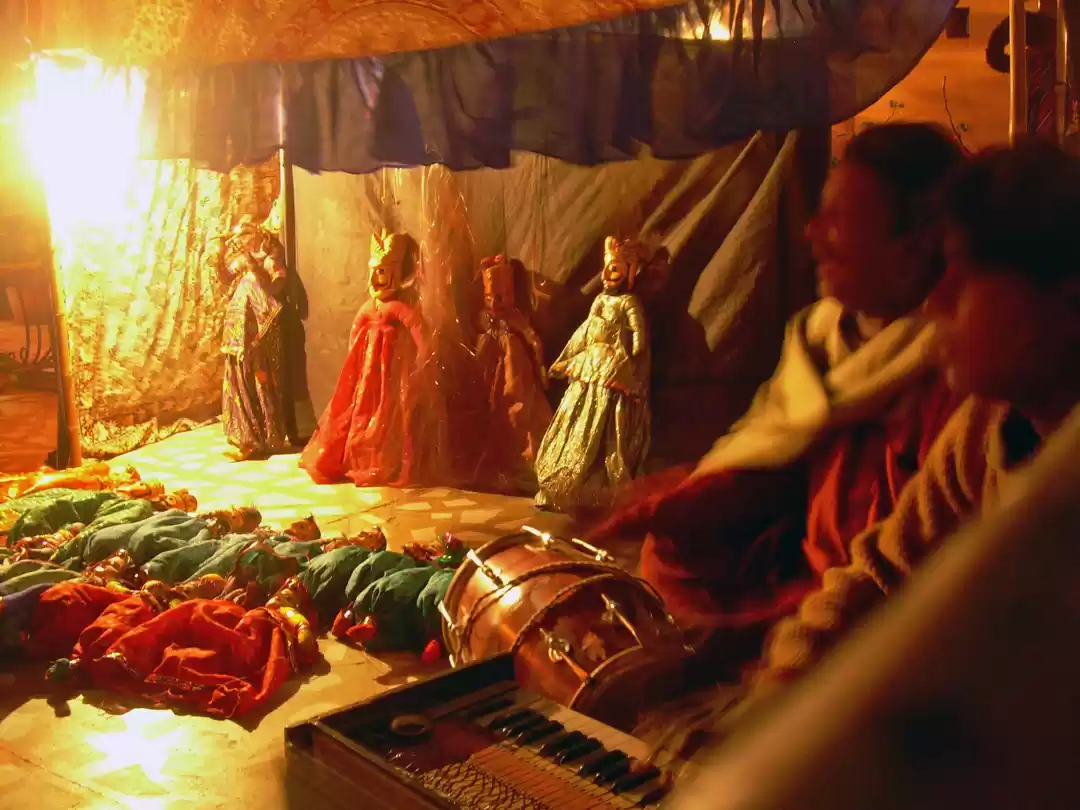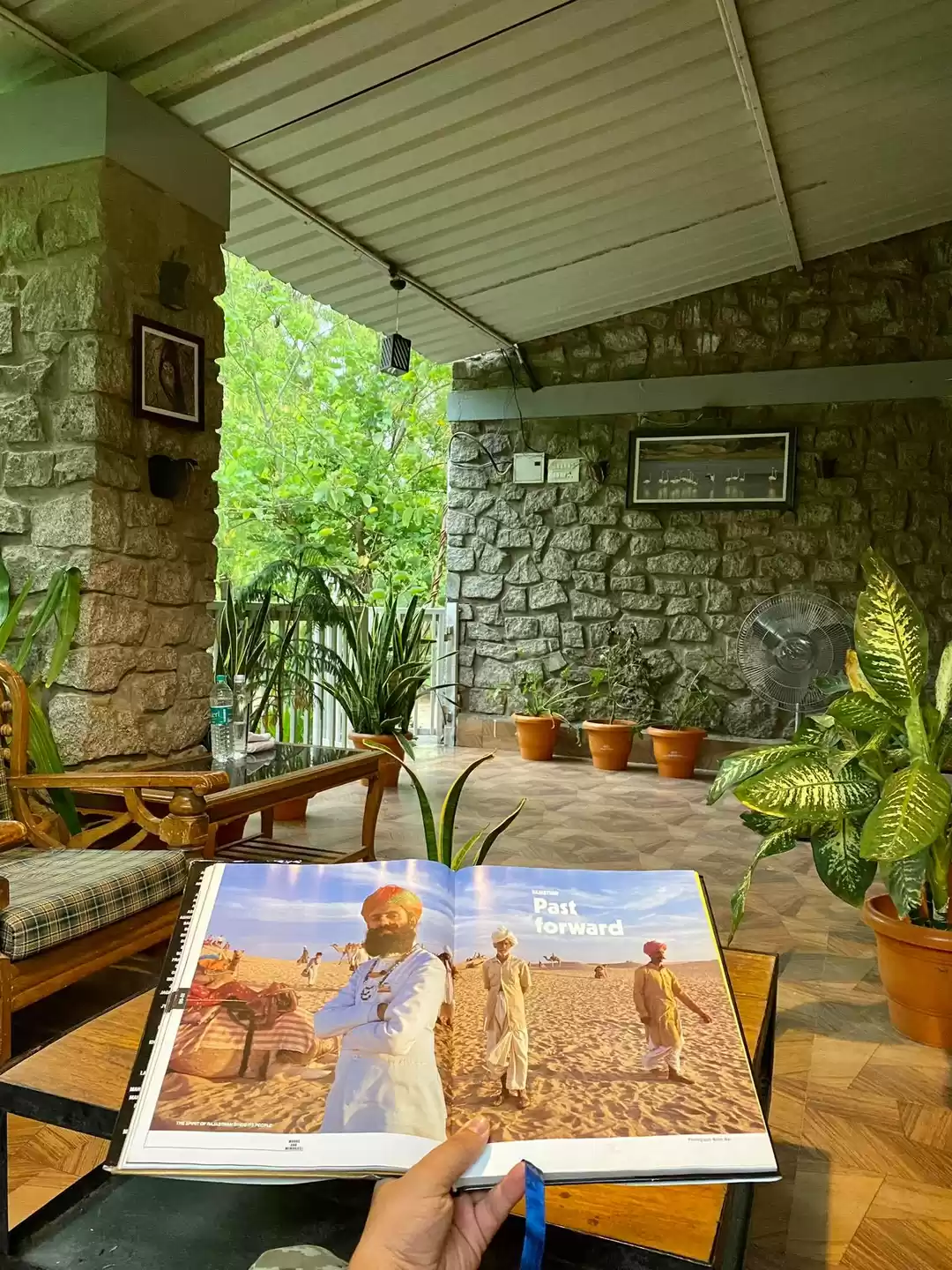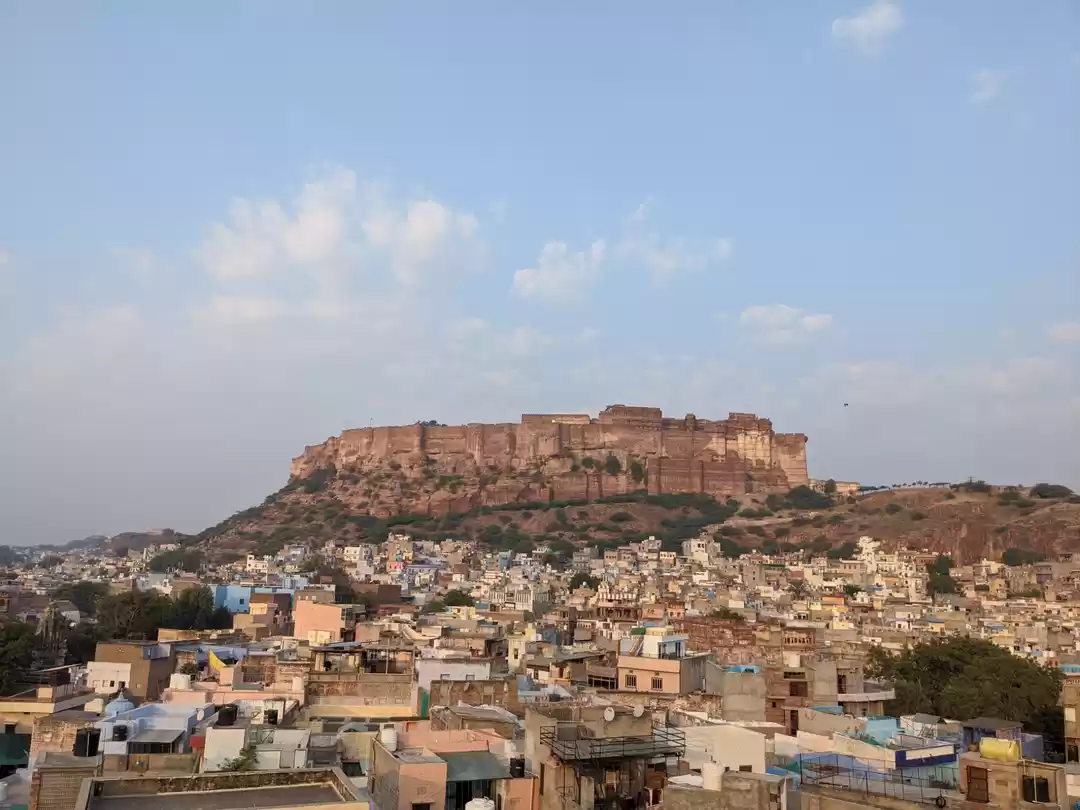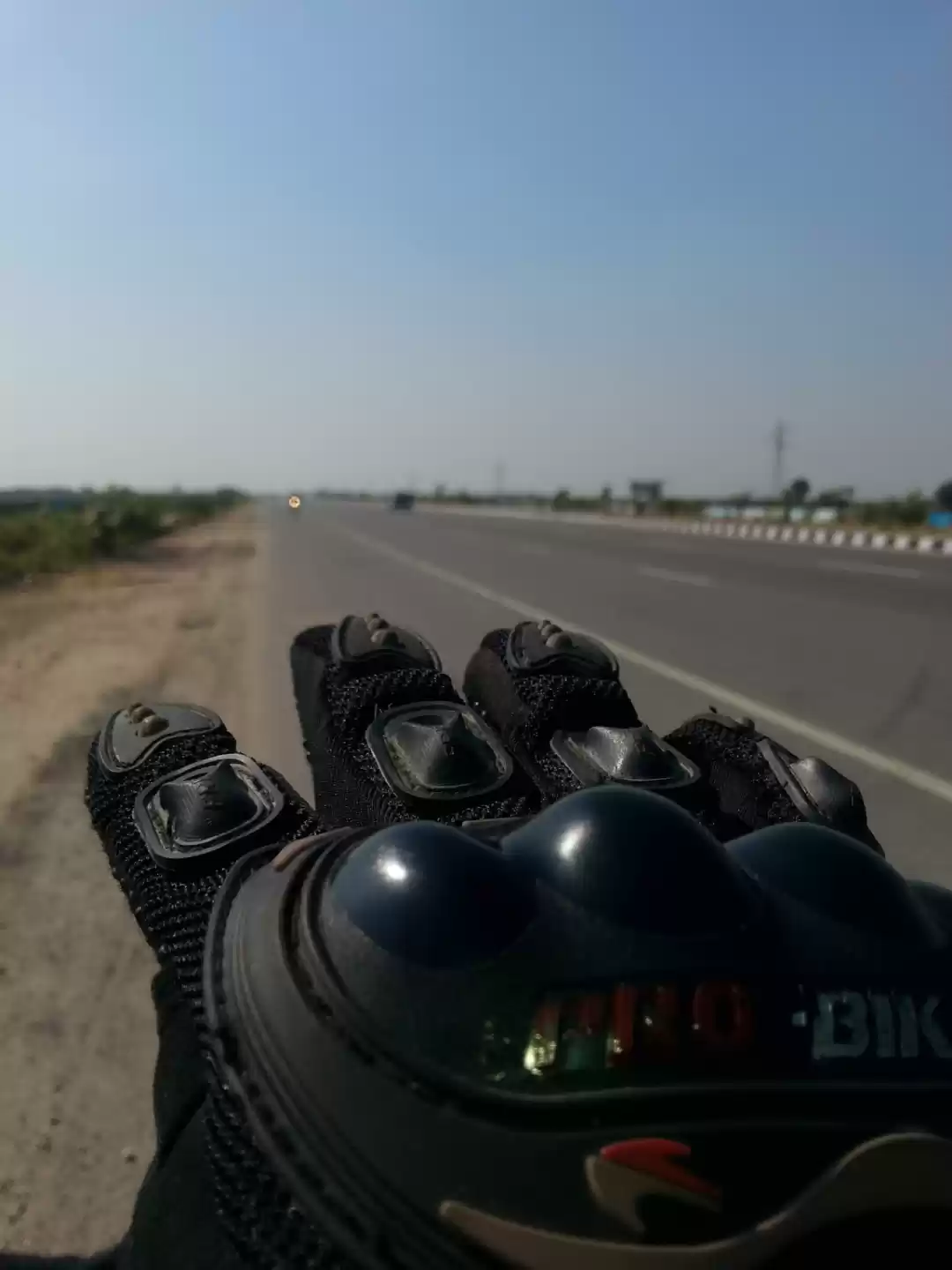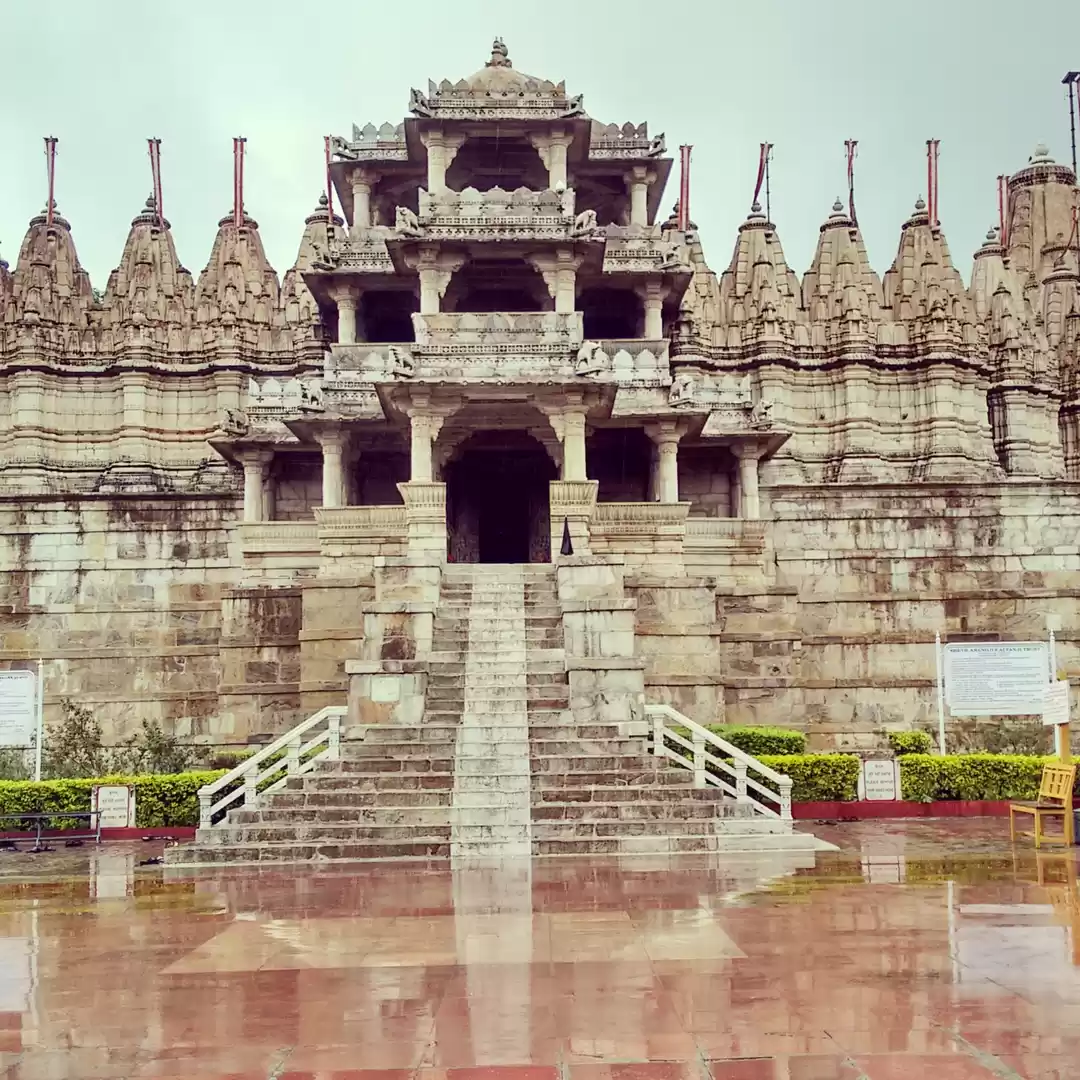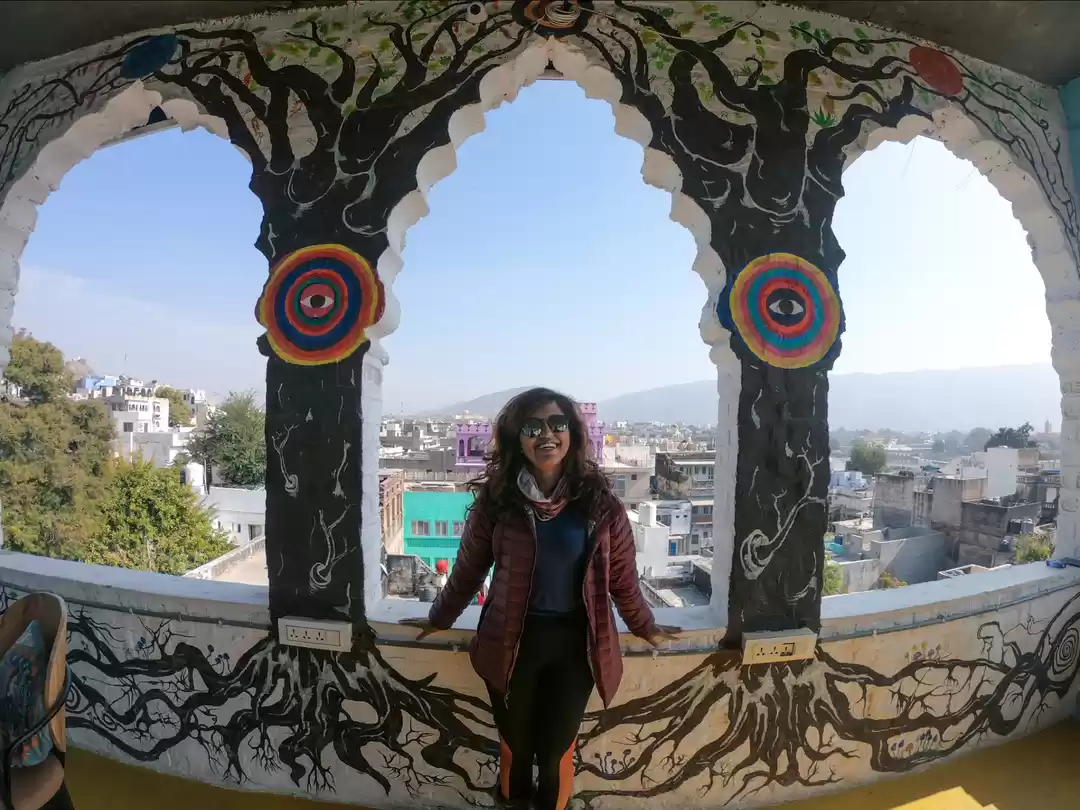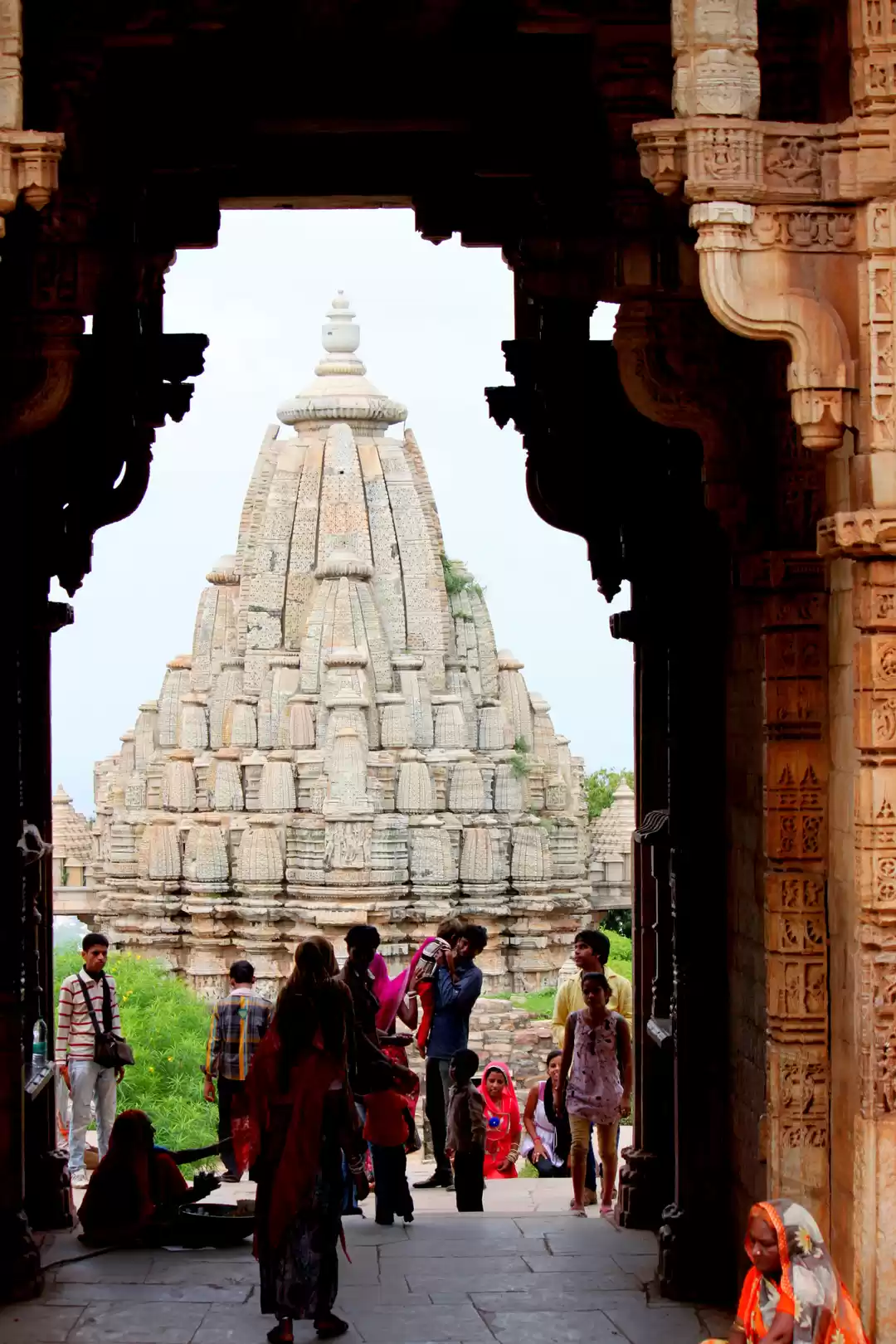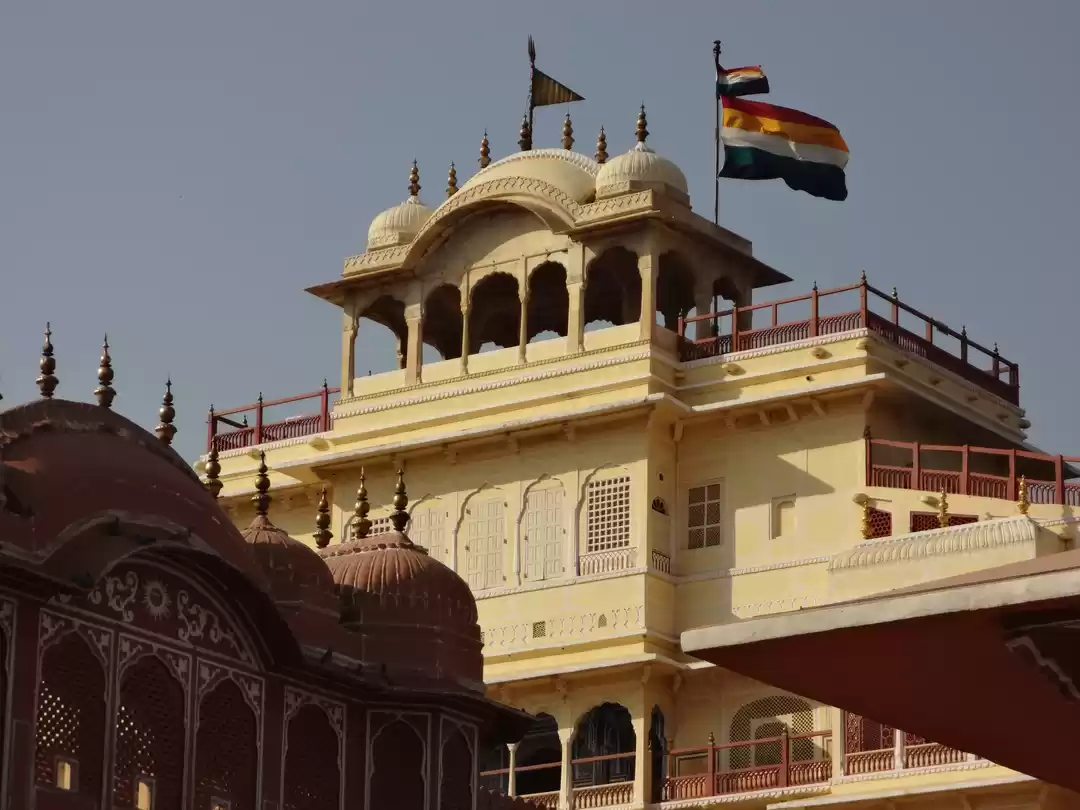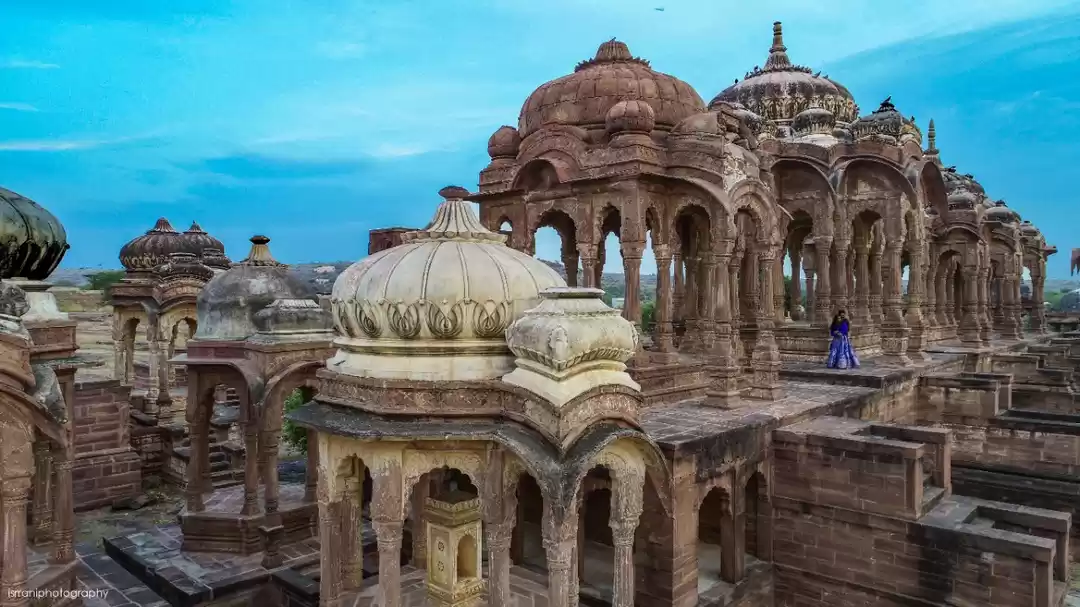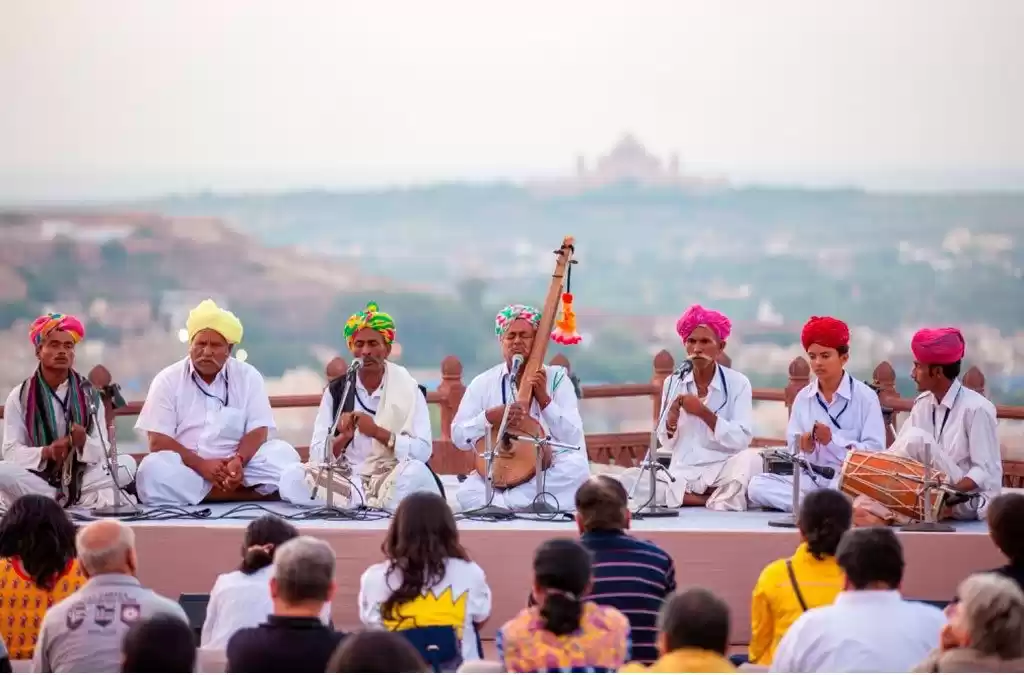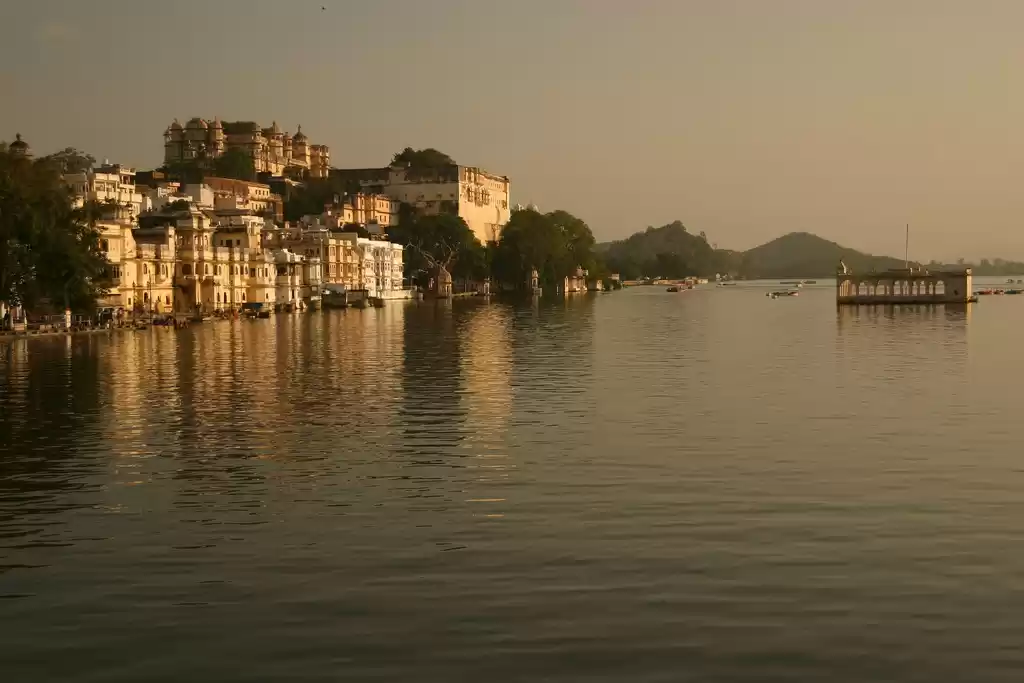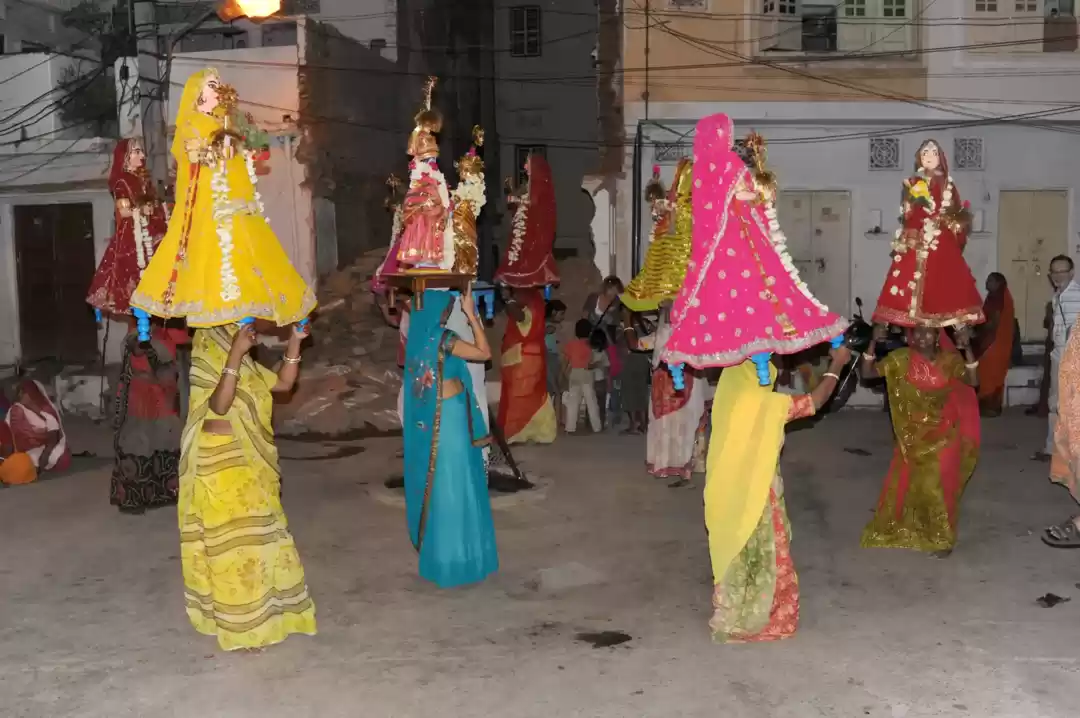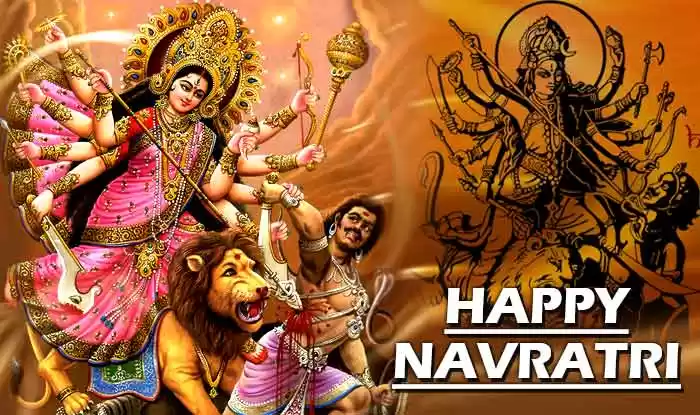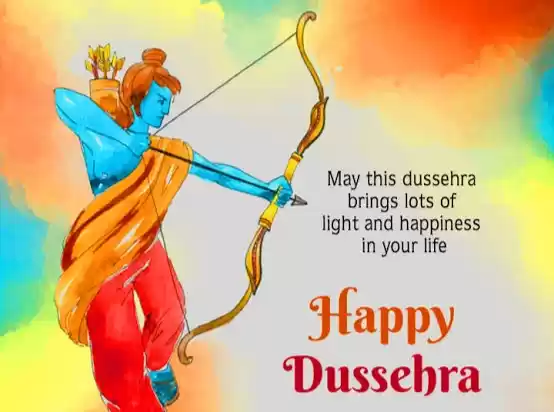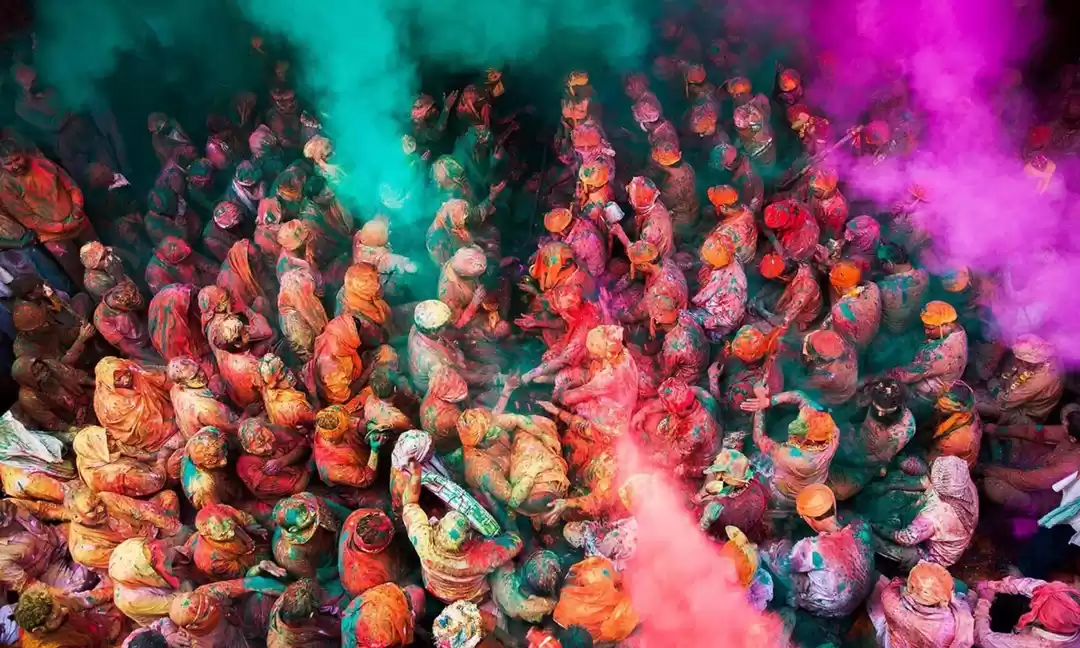
Gangaur is an extremely important festival of Rajasthan. It commences on the day following Holi and continues for 18 days. The festival is celebrated by womenfolk with great enthusiasm and devotion for Gauri, the consort of Lord Shiva. While married women worship Gauri, the embodiment of perfection and conjugal love for the success of their married life, unmarried women worship the Goddess for being blessed with good husband. Gangaur Festival also celebrates monsoon, harvest and marital fidelity.
Rituals of Gangaur Festival
The first important ritual of the colourful festival of Gangaur is the collection of ashes from the Holi fire and burying of wheat and barley seeds in it. These seeds are the religiously watered every day until the germination takes place. The ritual is performed with songs of Isar and Gauri (Shiva and Parvati) and the varying of pots of water on the head.
A week after Holi, women make clay images of Gauri and Isar. The ritual is made colourful and joyous with the traditional folk songs sung in praise of Gauri.
On the evening of the seventh day after Holi, unmarried girls take out a parade with ghudlia and singing songs related to it. Ghudlia is an earthen pot with holes around and a lamp inside. On their way, the girls are gifted small presents like sweets, jaggery, ghee, oil and a little cash. The ritual continues for ten days, upto the conclusion of the Gangaur Festival. On the last day girls break their pots and throw the remains into a well or a tank and enjoy a fest with their little collections.
However, Gangaur Festival celebrations reaches its peak during the last three days of the festival. At this time women take special care to decorate themselves and also the clay images that they had prepared. At an auspicious hour in the afternoon, a procession is taken out to a garden, tank or a well with the images of Isar and Gauri, placed on the heads of married women.
Gangaur aptly reflects the rich cultural heritage of Rajasthan and is celebrated with great pomp and show in Bikaner, Jodhpur, Marathwara and Jaisalmer. Gangaur Festival is also observed at some places in Gujarat.
•Rituals for Women:
The Gangaur festivity spans for 18 days. The ceremony begins on the next day of Holi Festival. The newly married girls are obliged to worship the deities for 18 days and keep fasting for half of the day till the festival is over, in the first year of their marriage. The rituals are the same for unmarried girls and would-be married girls who wish to observe the ceremonies. The other married women worship the deities only on the third day of the festival. They wear red saris or ghagras with golden zari boder along with gold & silver jewellery. They flaunt borla in the parting line of the hair and kumkum on the forehead.
•Departure of Deities:
The Gangaur festival ends with the departure of the deities, a grand ceremony which is observed through a spectacular procession. It is the most colorful, joyful and magnificent ceremony to behold. The ethnically dressed married women walk down the street, carrying the deities on their heads during the procession to a garden with a pond or well. Some other women sing folk songs and perform folk dance moves adding to the grandeur of the procession.
•Gangaur Festival Sweets:
Kheer, choorma, halwa and puri are some of the traditional delicacies on the Gangaur festival menu in Rajasthan. Ghevar, an essential culinary part of the festivity, is one of the most famous Rajasthani sweets. It is made in households and sold in markets during the festivity. It is customary for the people to sweeten the mouths of relatives and friends with slices of ghevar.
